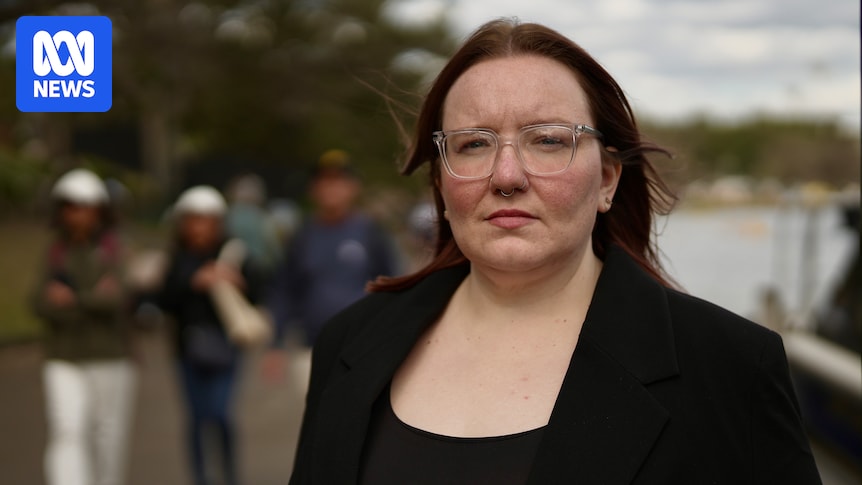
Tamara Rhodes, a mother of two, experiences poverty firsthand every day. She faces difficult decisions about grocery purchases, postpones medical treatments, and struggles to afford medications. Yet, the way poverty is measured in Australia means her struggles may not be fully recognized by the government.
“When I do a grocery shop, I put everything that I need into the trolley in hopes that when I get to the register, I’m able to afford it,” Rhodes explains. She describes the anxiety of watching the total cost “rack up” and the shame of removing items she can’t afford. Her story is a stark reminder of the reality many Australians face, yet the official measurement of poverty remains inadequate.
Current Measures Fall Short
According to the Productivity Commission, 14% of Australians live in poverty, the highest level since 2001. This figure is based on incomes below 50% of the median, but lacks a comprehensive, agreed-upon index. During Anti-Poverty Week, advocates are urging the government to adopt a multi-dimensional poverty index to better track and reduce poverty.
Travers McLeod, CEO of the Brotherhood of St Laurence, emphasizes the need to consider multiple factors affecting wellbeing. “It’s also about a lack of access or affordability to essential services like health, housing, education, and employment,” he says. The proposed index would examine the “incidence and intensity of those deprivations” to understand and address the root causes of poverty.
The Henderson Poverty Line: A Historical Perspective
The call for a new measure comes 50 years after the Henderson Review established a “poverty line” for an austere standard of living. Initially set at $62.70 per week for a family of four in 1973, it rose to $1,150.39 by March 2024. Despite its historical significance, the Henderson Poverty Line is outdated, failing to account for modern economic pressures such as rising housing costs and changes in employment patterns.
Roger Wilkins, deputy director of the Melbourne Institute, notes that “we have seen the pressures on Australians change dramatically since 1975.” He points out that access to essential services and opportunities, like adequate healthcare and employment, are not captured by income-based measures alone.
Complexity of Poverty Measurement
Melek Cigdem-Bayram, the Ronald Henderson Senior Research Fellow, highlights the inconsistencies in current poverty measures. Some include housing costs, others do not; some account for household composition, others ignore it. A multi-dimensional index, she argues, would provide a more nuanced understanding of poverty.
“By looking only at a single measure of poverty, we really are letting down a proportion of the population that don’t have access to services and opportunities that are available to the average Australian,” Cigdem-Bayram explains. She illustrates this with the example of a single mother caring for a child with a disability, who faces different challenges compared to a retiree living off the same income.
International Models and Local Implications
Globally, countries like Canada and New Zealand have adopted multi-dimensional poverty measures, leading to significant reductions in poverty. Sabina Alkire, director of the Oxford Poverty and Human Development Initiative, notes that these measures provide a more sensitive indication of economic changes, such as inflation impacts on groceries or housing.
Alkire acknowledges that governments may fear new poverty measures, viewing them as potential liabilities. However, she argues that these measures can prompt effective policy responses. “Traditionally, poverty has made governments feel slightly horrified that something will happen in a macroeconomic environment and poverty will go up — when it’s not their fault,” she says.
Calls for Legislative Action
The Economic Inclusion Advisory Committee, tasked with reviewing welfare support, recommends that the government legislate for the Australian Bureau of Statistics to collect broader poverty measures. Their report suggests that the best measures include both monetary and multi-dimensional components, reported annually by the nation’s chief statistical organization.
Despite these recommendations, Treasurer Jim Chalmers did not respond to inquiries about the government’s plans to introduce a multi-dimensional measure. For Tamara Rhodes, the lack of comprehensive poverty measurement remains a shock. “We’re essentially a wealthy country compared to some, and some of our residents are doing it really tough,” she reflects, highlighting the stigma and isolation faced by those in poverty.







